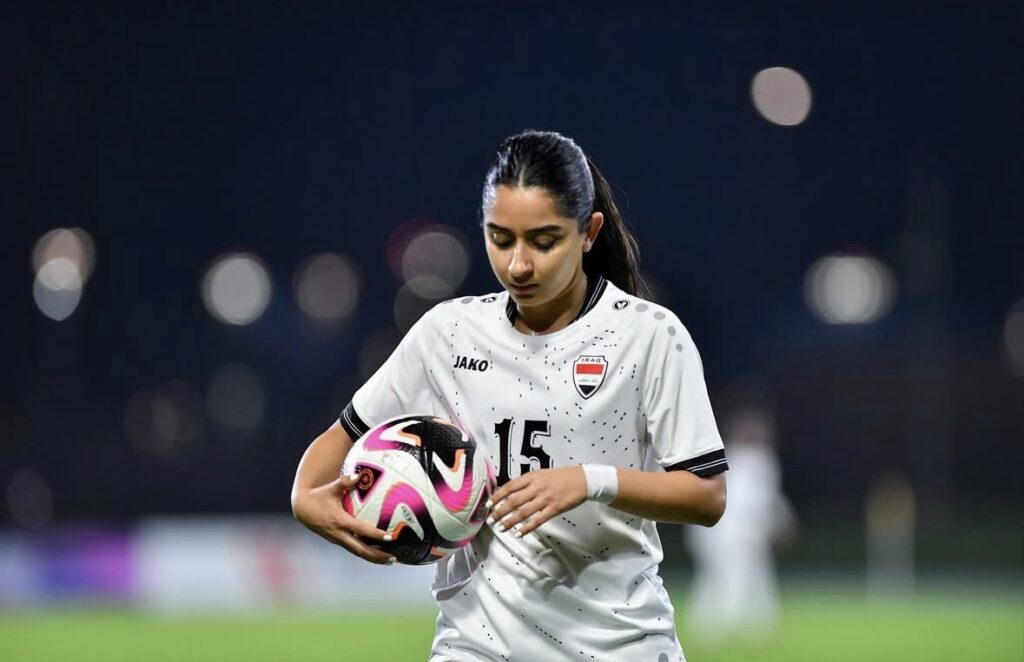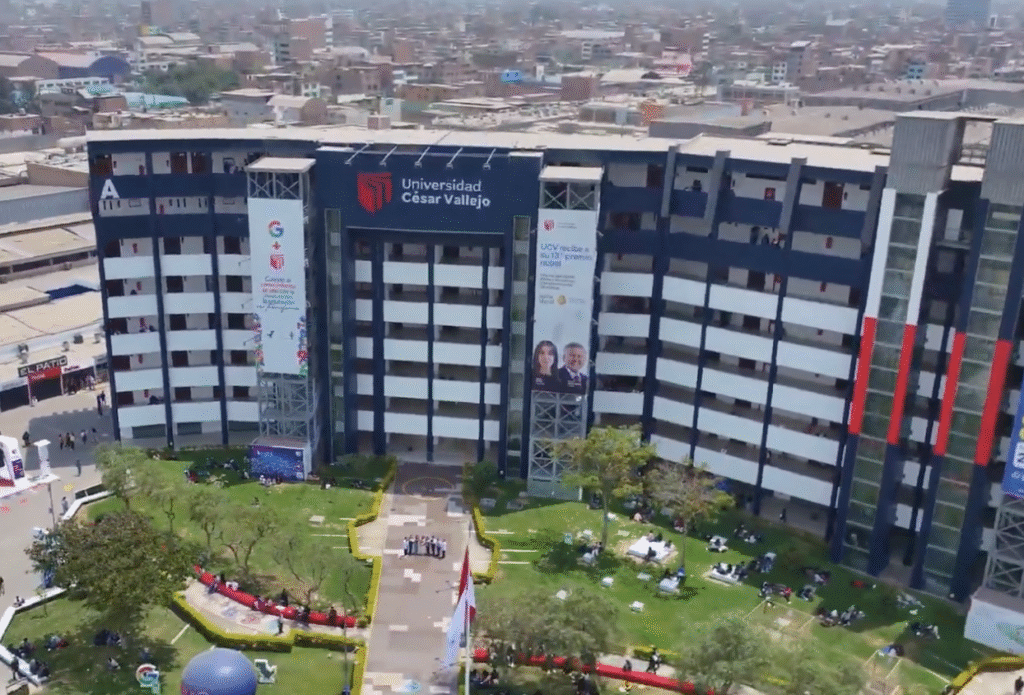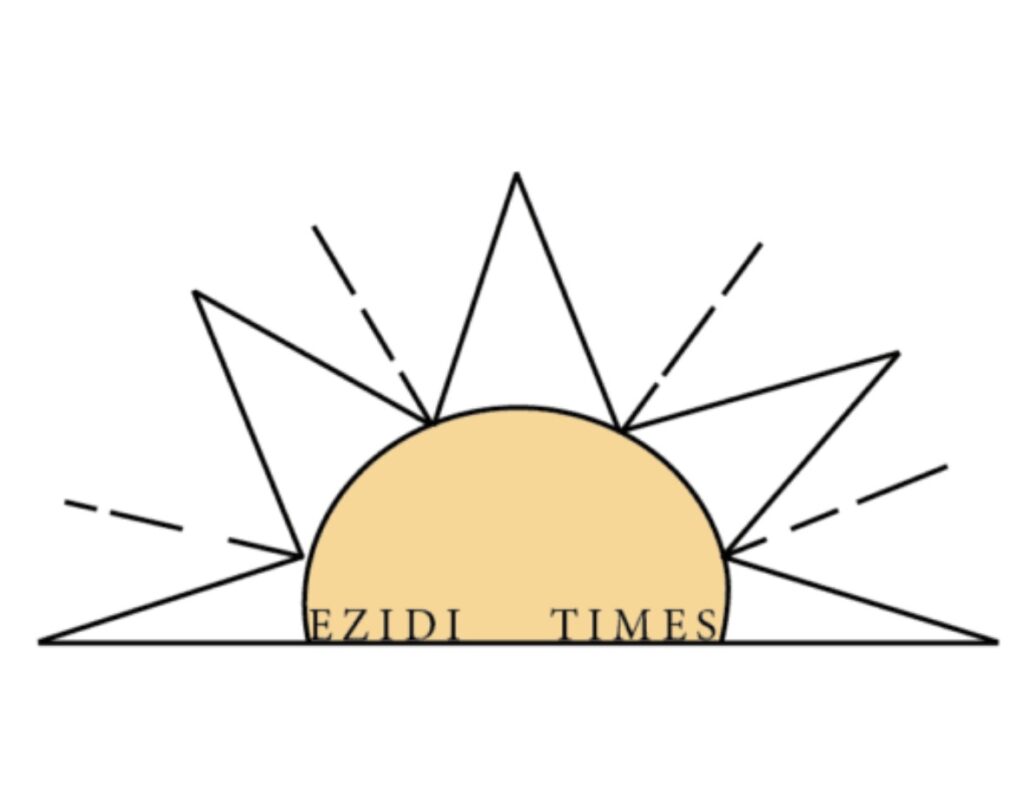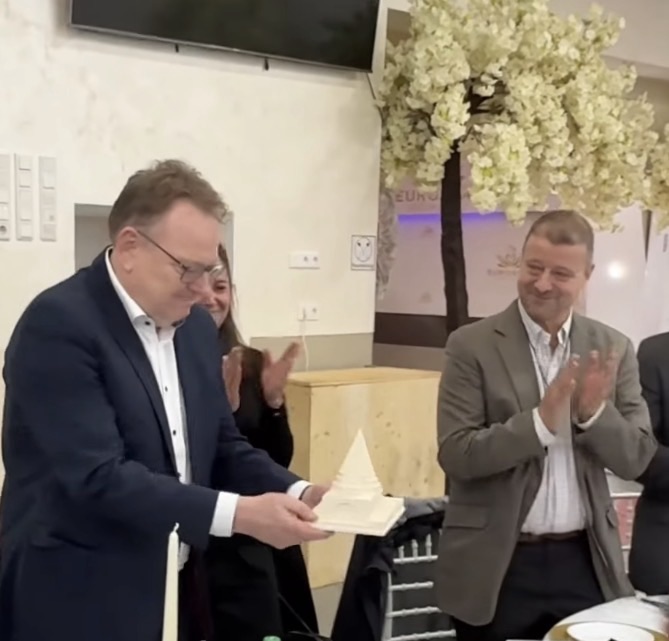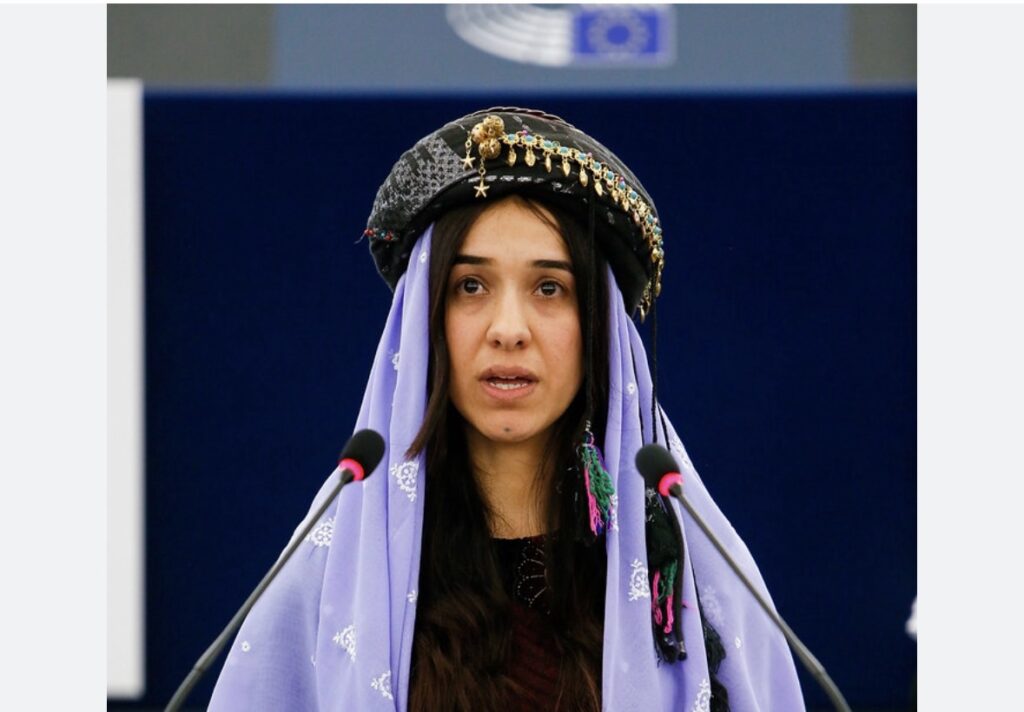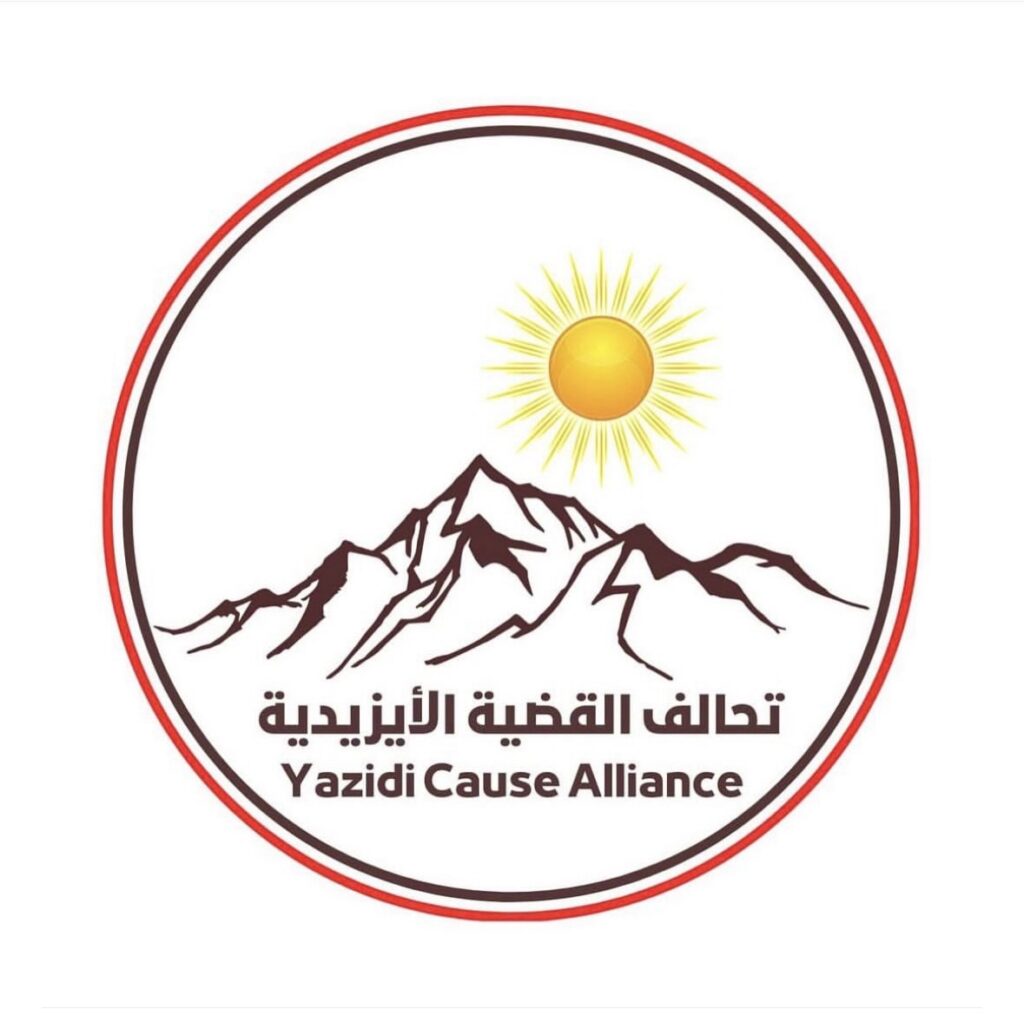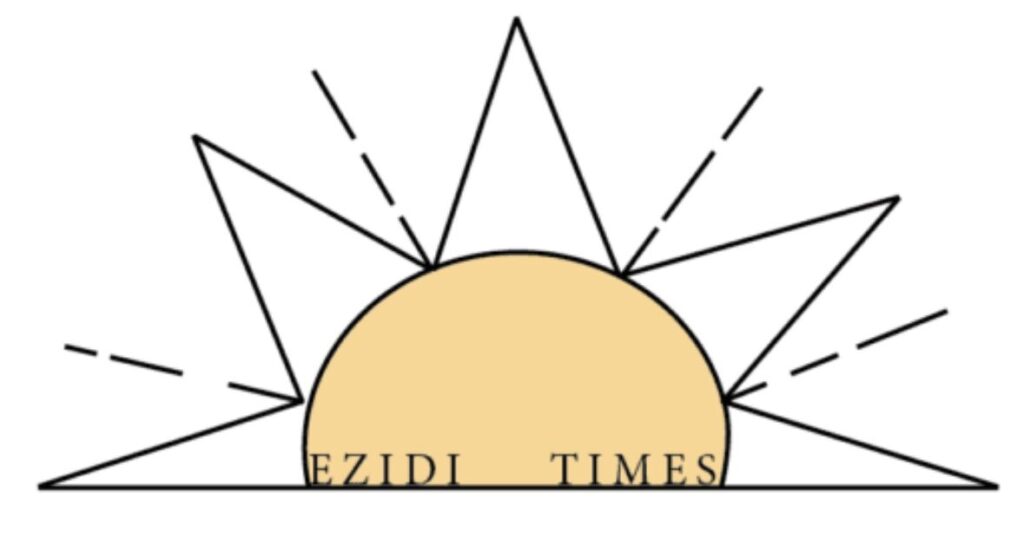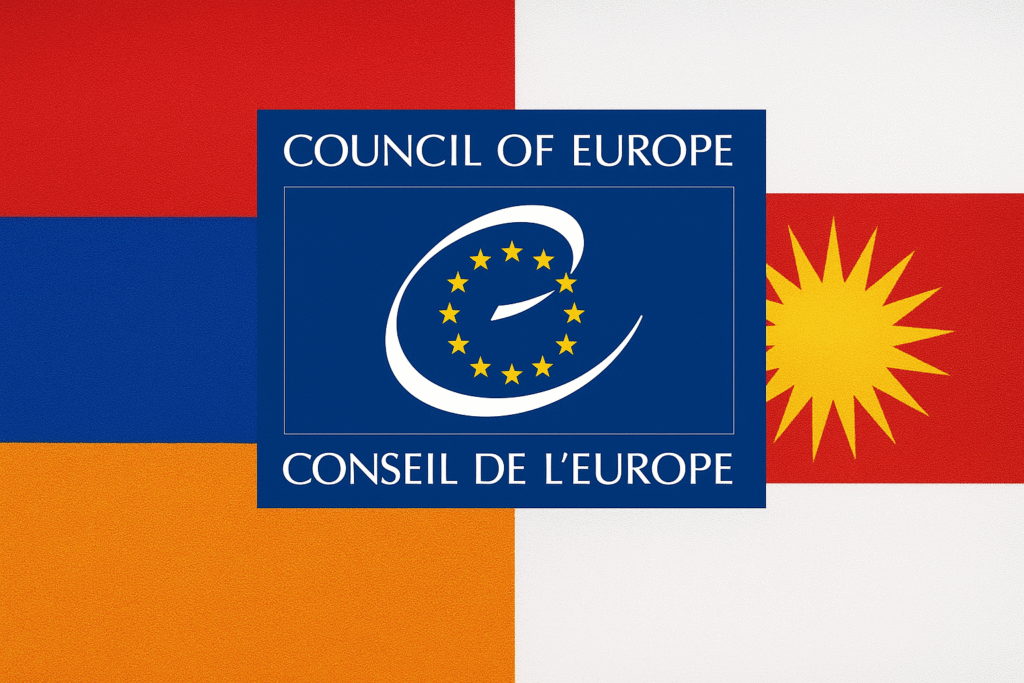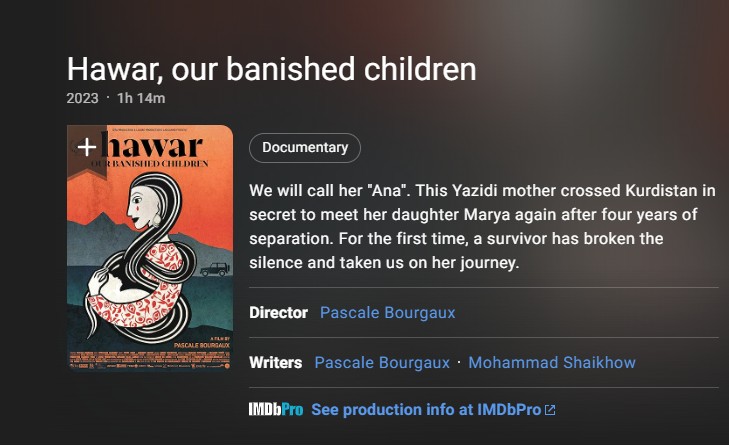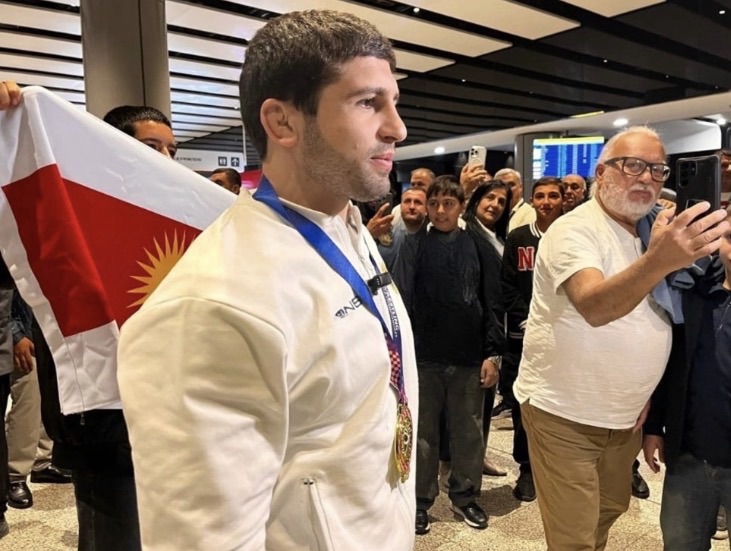The International Day of Genocide Commemoration: A Reminder the Ezidi Genocide Is Not Over
On 9 December, the world marks the International Day for the Victims of Genocide — established in 2015 on Armenia’s initiative. For Ezidis, this day is a reminder that the 2014 genocide is not history. Nearly 200,000 Ezidis remain displaced, more than 2,500 are still missing, and mass graves in Sinjar await proper identification. remembrance must lead to justice, accountability, and real prevention.


